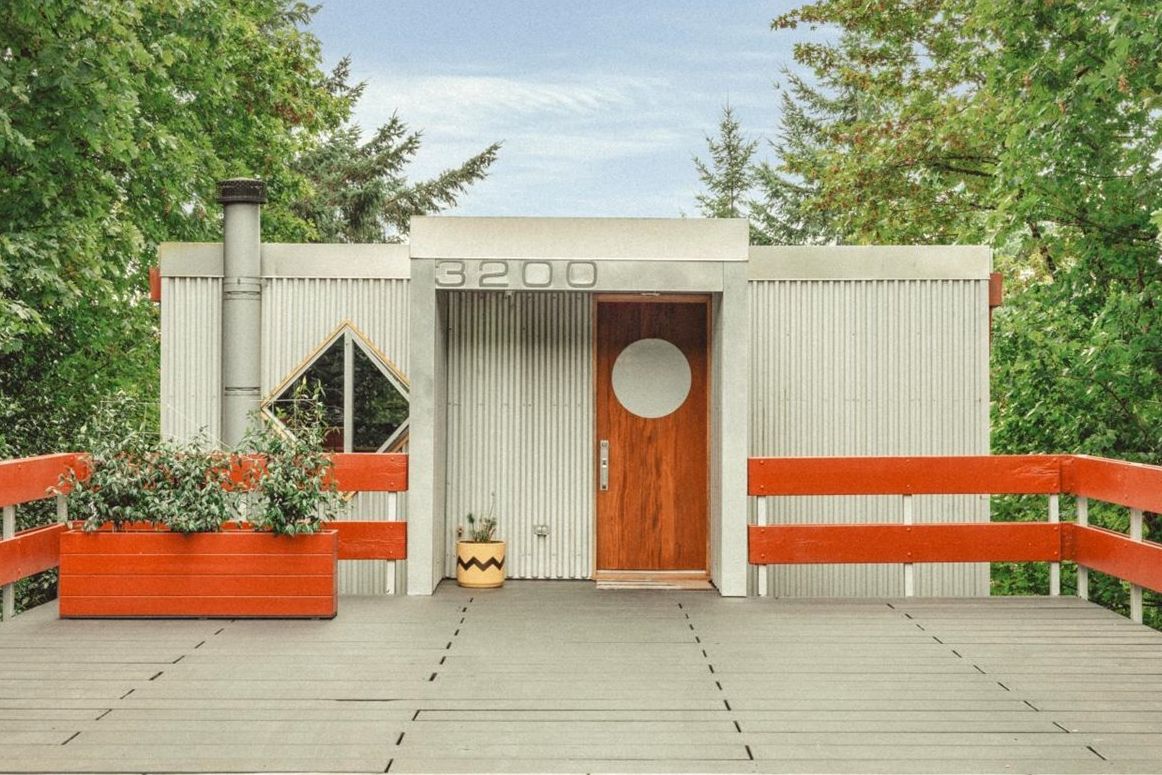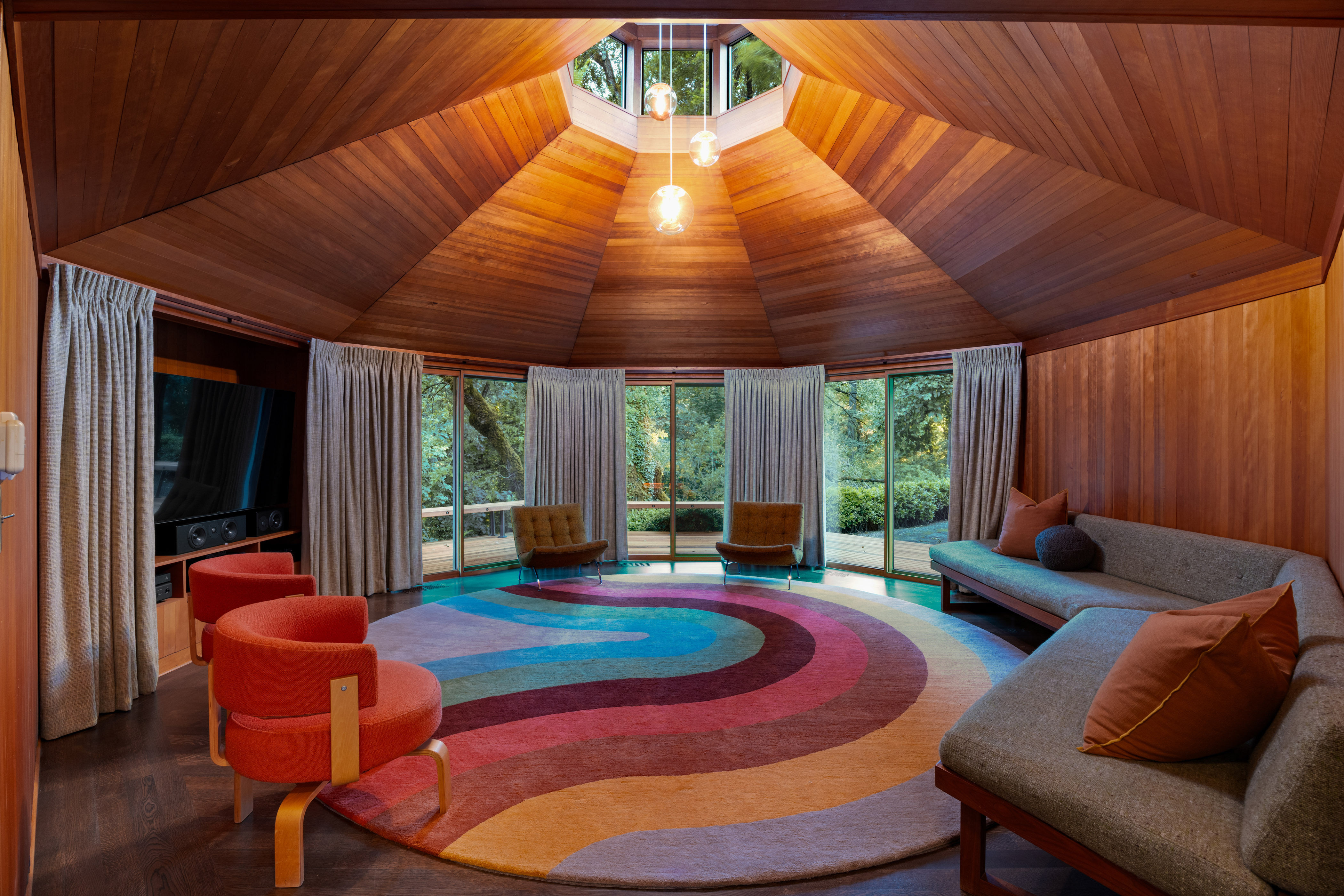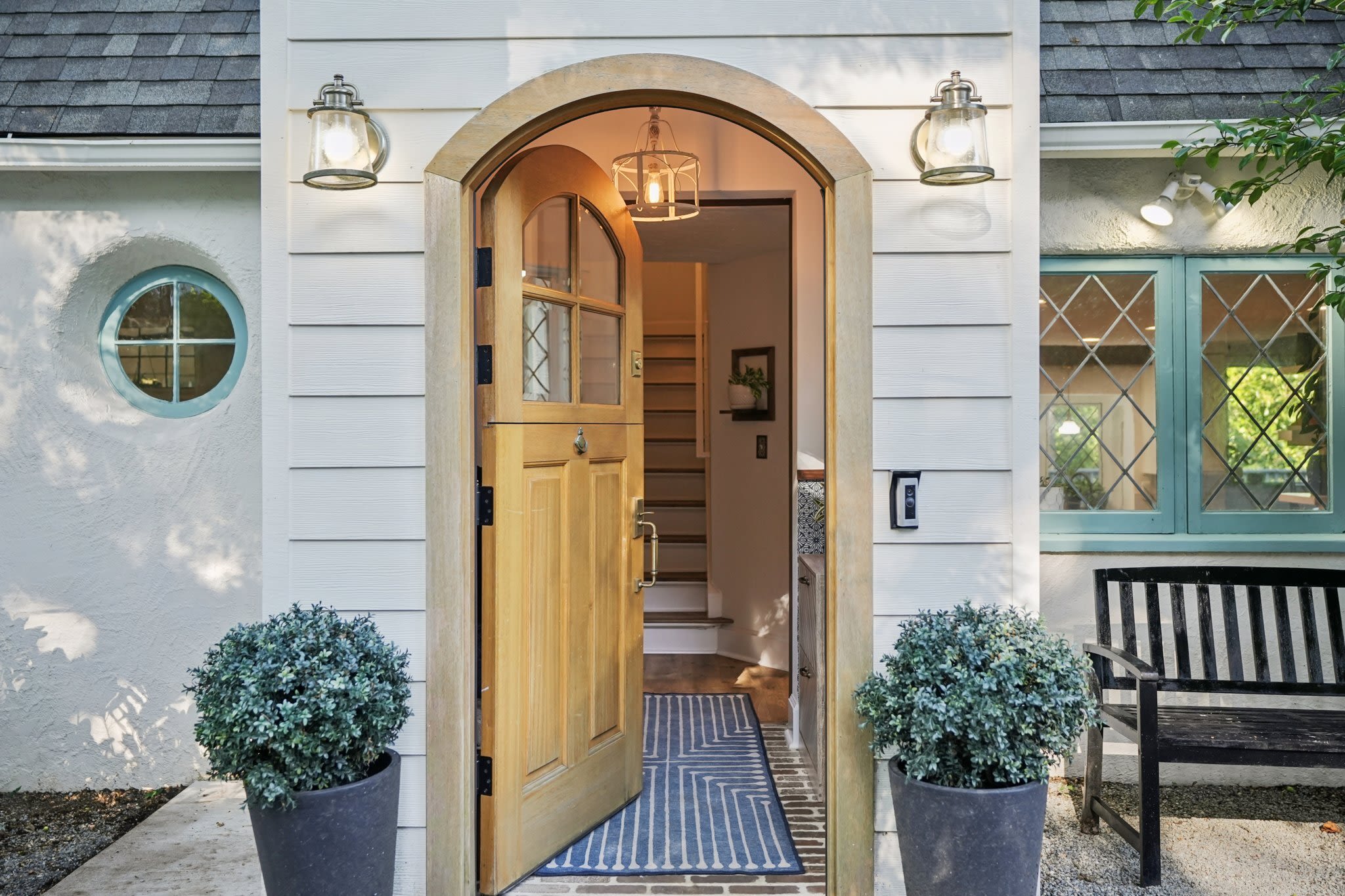Kitchens of Transition
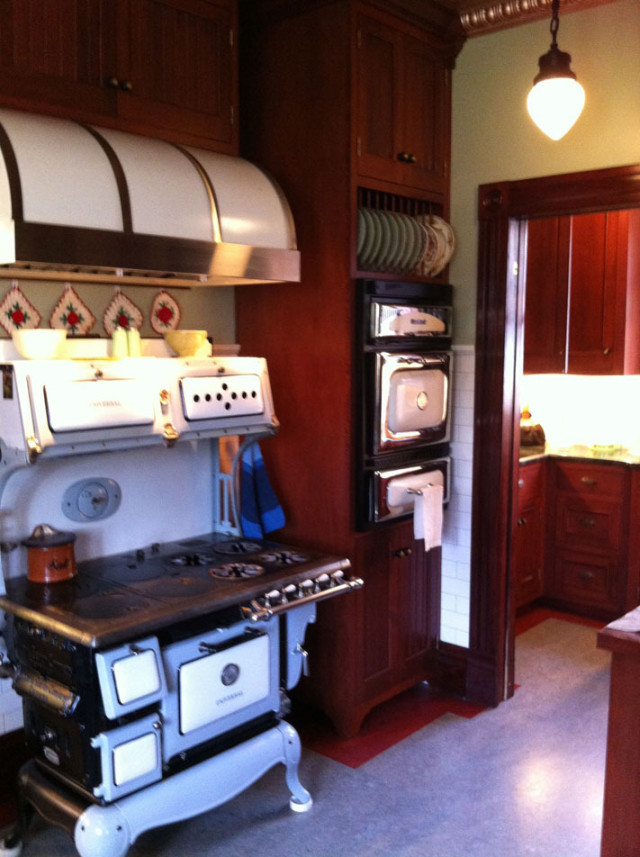
Circa 1918 Universal stove, found at a North Portland yard sale and fully restored, joins vintage-style Heartland reproduction appliances in this Victorian/Edwardian kitchen.
Image: Kristin Belz
The annual Kitchen Revival Tour hosted by the Architectural Heritage Center is always an interesting way to step not only into another person's home but into another period in history. Every year, the tour features kitchens that have been renovated in a spirit and style true (enough) to their own original time period to be considered respectful if not 100% authentic. In the course of a day of kitchen-touring, you can travel from the 1890s to the 1950s, and then back to the present for a microwaved dinner in your own cucina.
Not that the historic but renovated kitchens don't have microwaves. It's just that they might also have some older appliances that you haven't bothered installing in your own contemporary kitchen. For example: a wood-burning/electric "transition" stove. The stove in the kitchen of Richard and Myra Beetle's 1892 house is a circa 1918 Universal model, manufactured (according to its I.D. plate) by Cribben & Sexton of Chicago, patents 1915-1918.
Richard Beetle found the stove at the yard sale of a house in North Portland. The seller's mother had owned the stove, which was languishing and long out of commission in his basement. Beetle bought it (cheap) and had it restored (expensive). Restoration entailed taking it completely apart, cleaning, and putting back together – a costly and laborious process, but a labor of love in keeping with the house restoration he and Myra had been carrying out ever since they bought their Victorian home in the Portsmouth neighborhood 1976.
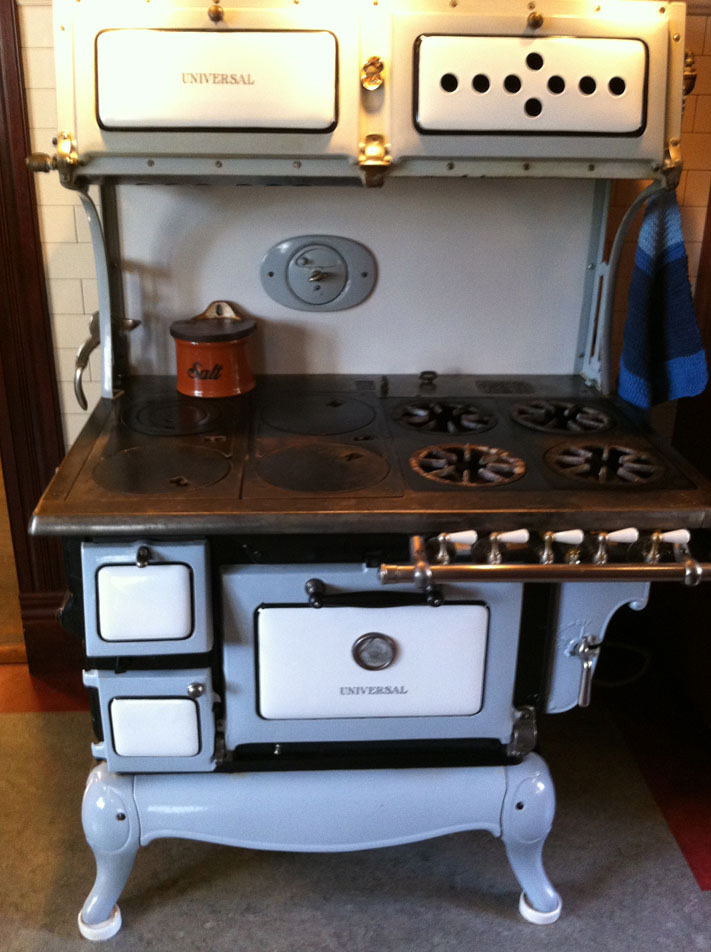
This 1918 stove does it all: wood-fueled burners on the left of the stove top, gas-fueled on the right; plate warmer top left, broiler top right; center vent at the back of the stove can be opened when heat from the wood fired oven is desired in the room.
Image: Kristin Belz
The Beetles prefer "houses that live with their time period, true to the period to some degree." They decided their house "aged out" at about 1918-1920, so they were in search of elements that would place it into that period in history. Restoring the house little by little over the decades, all the while each of them working, they've done much of the renovation themselves. The kitchen was the last major project, begun in 2010 and completed in two or three years.
Yes, for more than 20 years the Beetles had been cooking in a long, narrow, uninsulated, shed roofed kitchen that had obviously (and carelessly) been added onto the back of the house. When the house was originally constructed, the kitchen was likely just a portion of the second of two rooms on the main floor. Now, their kitchen has the gathering space and pride of place of a contemporary kitchen but with the look and atmosphere of a Victorian/Edwardian hybrid.
The stove itself is also a hybrid: it burns both gas and wood. Stoves from about 1900 on would have run on gas, but still retain their wood-burning function. City utilities, after all, were relatively new and not completely to be trusted as reliable. The stoves of this period are "transition" stoves, a reminder that our hybrid gas/electric cars are not the first "transition" technology to combine old and new in a time of change.
As restored, the Beetles's Universal stove can be fueled by either the modern gas or the old-fashioned wood, but only the gas is hooked up to vent. Current city codes don't allow both wood and gas to be vented out of the same chimney, though that was how the stove would originally have operated. But back in the day, the stove would've been ultra-modern in its convenience: the gas burner lights the wood in the stove. What a time saver that must have been for the 1920s cook!

